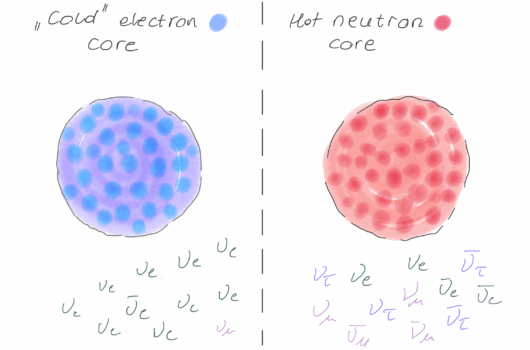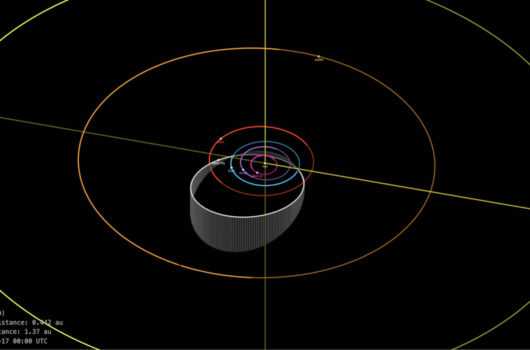Light vector bosons and the weak mixing angle in the light of new reactor-based CEνNS experiments #2
Light vector bosons and the weak mixing angle in the light of new reactor-based CEνNS experiments #2
View
Abstract
In this work, the sensitivity of future germanium-based reactor neutrino experiments to the weak mixing angle ![]() , and to the presence of new light vector bosons is investigated. By taking into account key experimental features with their uncertainties and the application of a data-driven and state-of-the-art reactor antineutrino spectrum, the impact of detection threshold and experimental exposure is assessed in detail for an experiment relying on germanium semiconductor detectors. With the established analysis framework, the precision on the Weinberg angle, and capability of probing the parameter space of a universally coupled mediator model, as well as a U(1)
, and to the presence of new light vector bosons is investigated. By taking into account key experimental features with their uncertainties and the application of a data-driven and state-of-the-art reactor antineutrino spectrum, the impact of detection threshold and experimental exposure is assessed in detail for an experiment relying on germanium semiconductor detectors. With the established analysis framework, the precision on the Weinberg angle, and capability of probing the parameter space of a universally coupled mediator model, as well as a U(1)![]() -symmetric model are quantified. Our investigation finds the next-generation of germanium-based reactor neutrino experiments in good shape to determine the Weinberg angle
-symmetric model are quantified. Our investigation finds the next-generation of germanium-based reactor neutrino experiments in good shape to determine the Weinberg angle ![]() with
with ![]() \% precision using the low-energetic neutrino channel of CE
\% precision using the low-energetic neutrino channel of CE![]() NS. In addition, the current limits on new light vector bosons determined by reactor experiments can be lowered by about an order of magnitude via the combination of both CE
NS. In addition, the current limits on new light vector bosons determined by reactor experiments can be lowered by about an order of magnitude via the combination of both CE![]() NS and E
NS and E![]() eS. Consequently, our findings provide strong phenomenological support for future experimental endeavours close to a reactor site.
eS. Consequently, our findings provide strong phenomenological support for future experimental endeavours close to a reactor site.




